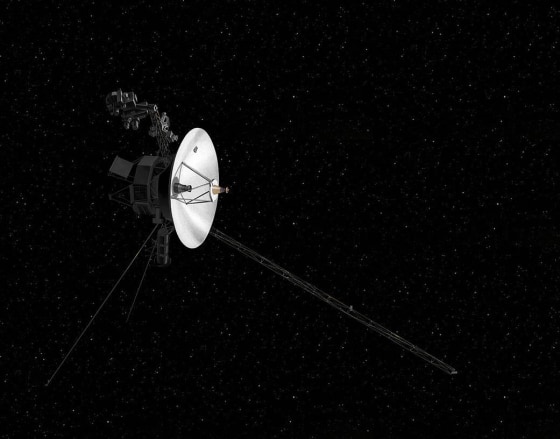To boldly go where only one other human-made object has gone before.
NASA announced on Monday that the Voyager 2 probe has reached interstellar space, making it the second human-made object to do so.
Launched in 1977, Voyager 2 explored the solar system's outer planets, returning stunning photos of Neptune. Though it launched a couple weeks before Voyager 1, its trajectory took it on a longer route through the solar system. Voyager 1 reached interstellar space in 2012.
NASA said Voyager 2 was now more than 11 billion miles from Earth and had left the heliosphere, "the protective bubble of particles and magnetic fields created by the Sun," the organization said in a news release.
NASA said the probe crossed the outer edge of the heliosphere — called the heliopause — on Nov. 5, a determination made based on readings from the probe's instruments, which will provide observations of interstellar space that Voyager 1 cannot.
"Working on Voyager makes me feel like an explorer, because everything we're seeing is new," said John Richardson, principal investigator for the probe's "Plasma Science Instrument" and a principal research scientist at the Massachusetts Institute of Technology in Cambridge, in a news release. "Even though Voyager 1 crossed the heliopause in 2012, it did so at a different place and a different time, and without the PLS data. So we're still seeing things that no one has seen before."
Both Voyager probes are still considered to be in the solar system, which is demarcated as the outer edge of the Oort Cloud, a small group of objects still within the pull of the Sun's gravity.
Correction (Dec. 10, 2018, 11:13 a.m. ET): An earlier version of this article misstated the progress of the Voyager 2 probe. It has not left the solar system, though it has entered interstellar space.
